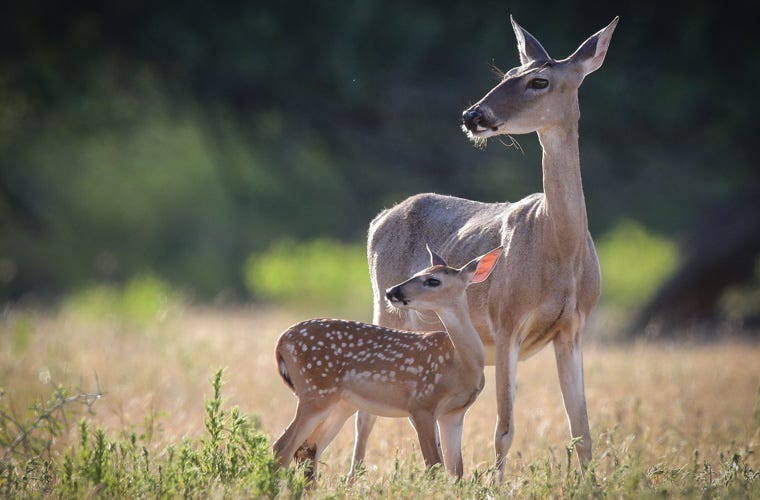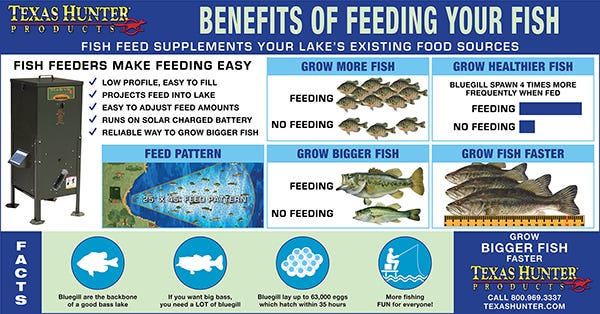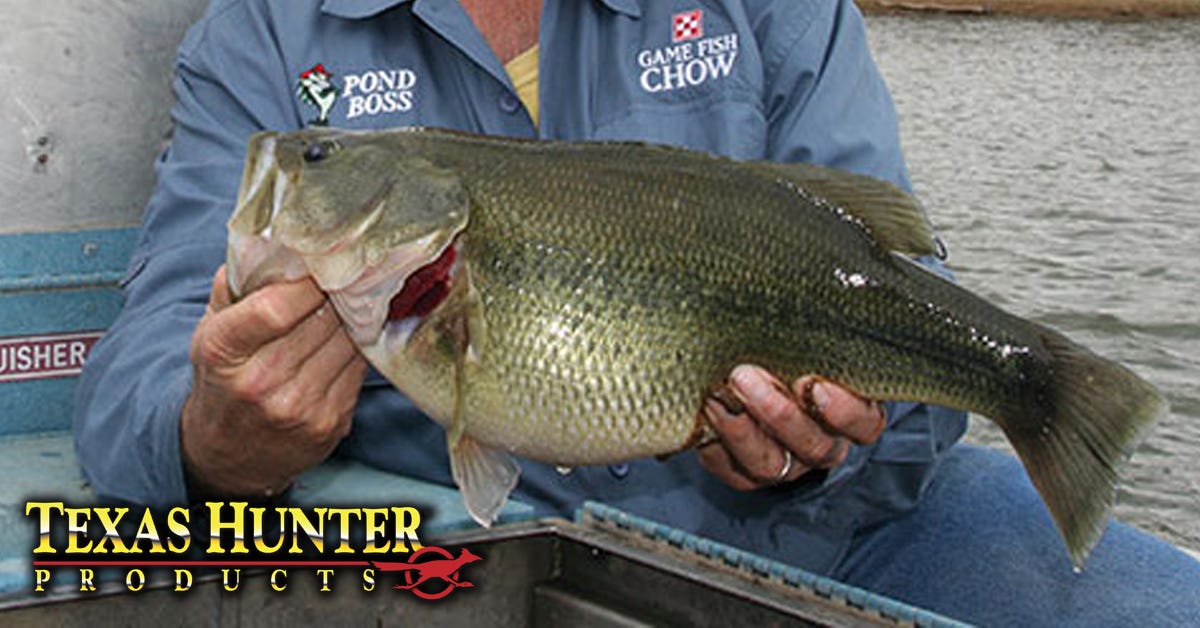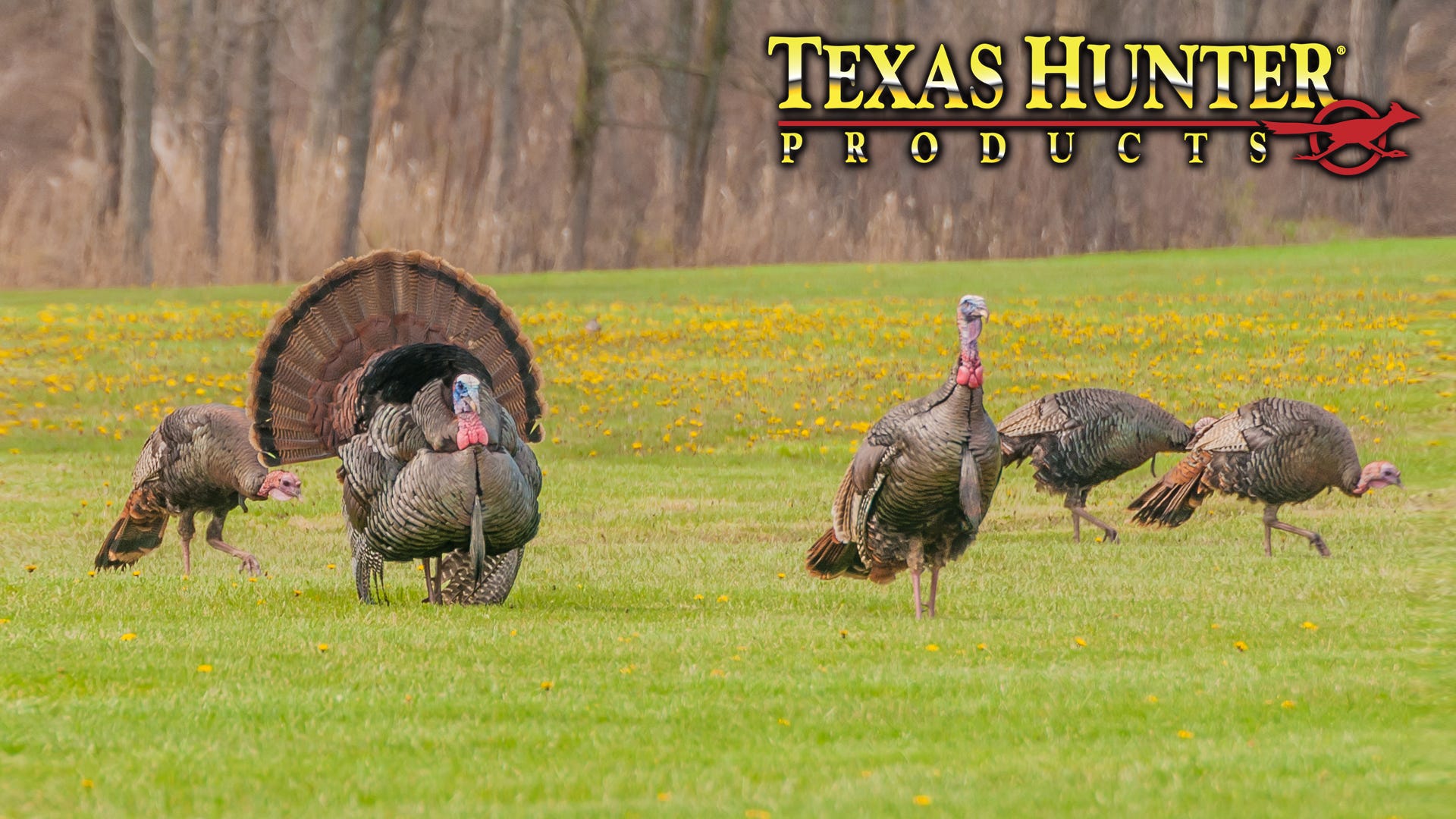- Aug 6, 2015
Helping Fawns Survive the Summer
Providing cover helps fawns survive these summer months.
Fawns experience fast growth over the summer months. Fawns in northern states are typically born in May and June while fawns in the South are born over a much wider time frame. Healthy fawns average 4 to 8 pounds at birth, and then double that weight during the first 2 weeks — a period during which they survive entirely on their mothers’ milk. However, by 2 weeks of age rumination begins in their stomach as they begin to supplement their milk diet with forage. They will triple their birth weight within the first month of age.
Weaning from the doe is a gradual process in which the fawn consumes less milk over time while eating more green forage. Fawns can be completely weaned and survive without milk over the summer months and by 10 weeks of age (2½ months), but does often wait to wean them at 12 to 16 weeks (3 to 4 months). It’s not uncommon for hunters to see spring and summer born fawns still nursing, or attempting to, in October (20-plus weeks).
Whitetail fawns quickly learn to become experts at hiding and their spotted reddish-brown coat is designed to blend flawlessly into a range of forested and open environments. Even as newborns, fawns will nurse and then move away from the doe to bed. This behavior removes the doe’s scent from the fawn’s bedding site and is an anti-predation strategy. Twin fawns will also hide separately for their first three to six weeks to reduce the likelihood a predator will find both of them.
All of this underscores the importance of planning for and providing quality habitat and diverse cover types for does and fawns in the summer and fall. An abundance and diversity of natural plants ensures adequate milk and quality forage for fawns, as well as an abundance of cover to hide them from predators. All of this improves fawn survival, the health of the population, and, ultimately, the quality of your hunting experiences.




